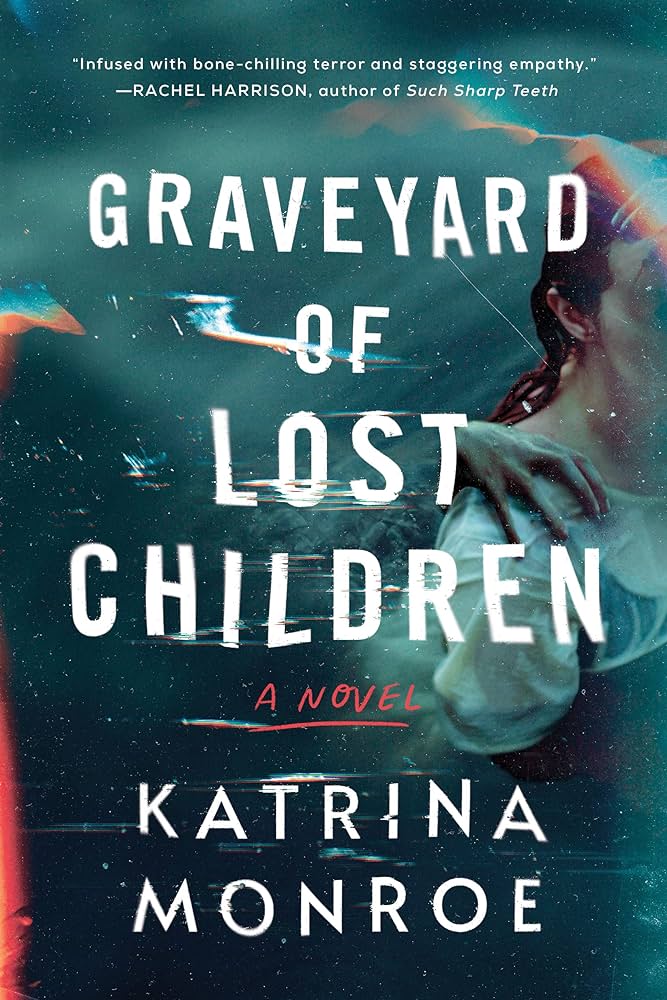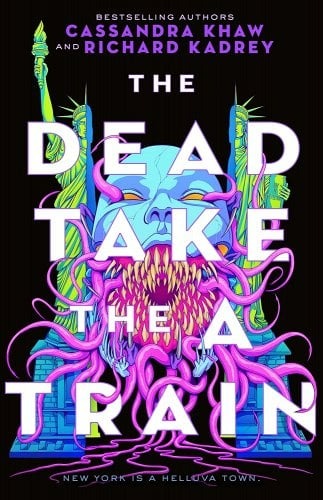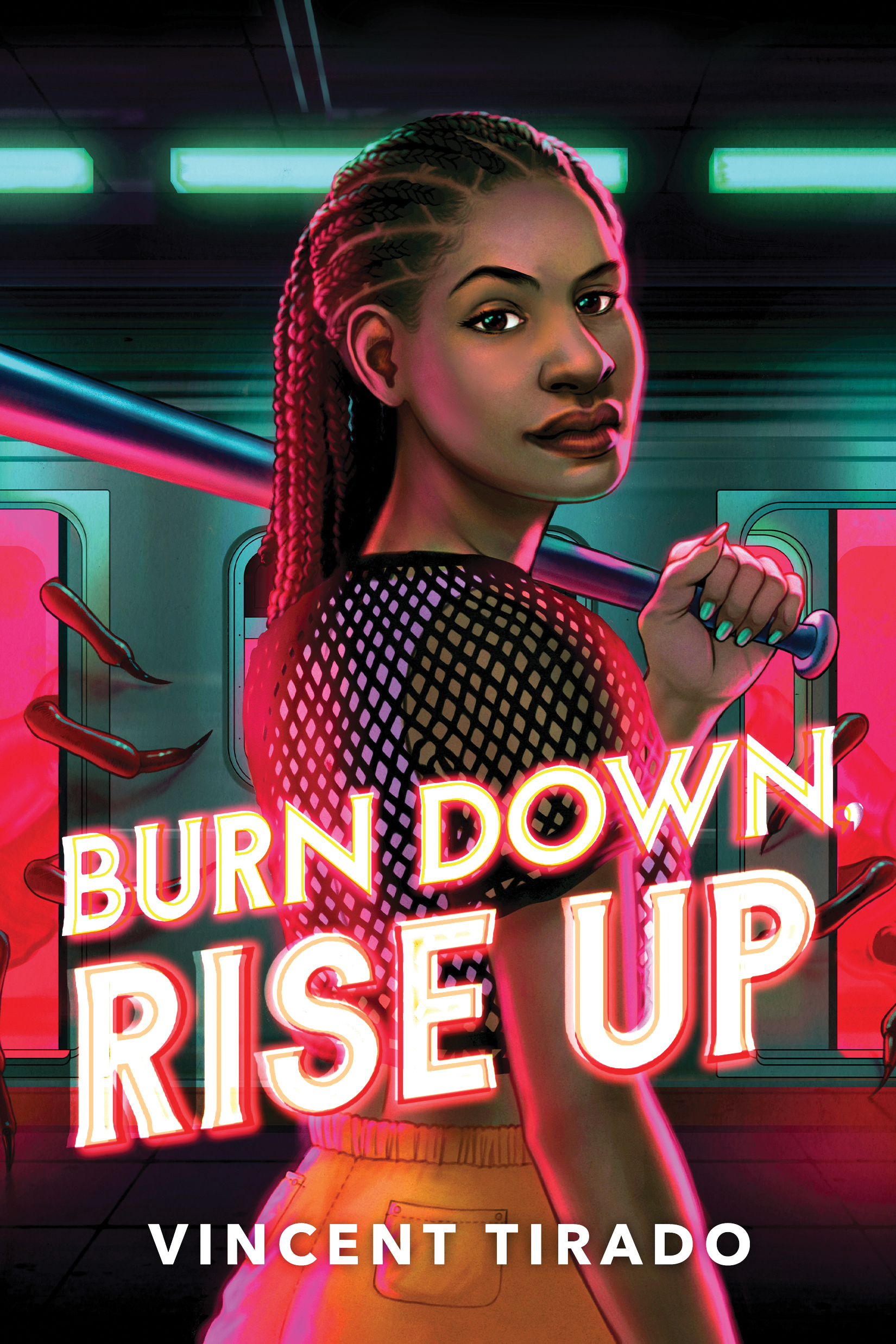Buy this from Bookshop.org to support local bookstores and the Lesbrary! After giving birth to her daughter, Olivia is struggling—not just with being a first-time mother, but mostly from being haunted. She hears voices whispering terrible things to her, a black-haired ghost is following her in her nightmares, and her body is deteriorating rapidly fromRead More
Teen Witches Cover Up a Murder: When We Were Magic by Sarah Gailey
Buy this from Bookshop.org to support local bookstores and the Lesbrary! Alexis and her five friends share a secret—they all have magic powers. On prom night, Alexis’s magic goes wrong and a boy ends up dead. Now, the six teens have to keep this a secret as they try to make things right. Bonds areRead More
Gory Bisexual Horror/Fantasy: The Dead Take the A Train by Cassandra Khaw and Richard Kadrey
Buy this from Bookshop.org to support local bookstores and the Lesbrary! One thing about a Cassandra Khaw book: I never know what I’m getting into. Even two-thirds of the way through this, completely invested in the story, I still kept thinking, “What genre is this? And also, what’s the plot?” Julie is a 30-year-old exorcistRead More
Mermaid Obsession Story Treads Water: Chlorine by Jade Song
Bookshop.org Affiliate Link In their debut novel Chlorine, Jade Song (she/they) draws upon her twelve years of lived experience as a competitive swimmer to craft the dark and complex inner world of Ren Yu, a Chinese American teenager coming of age in Pennsylvania and stepping—or rather, swimming—into her true destiny: becoming a mermaid. While Song is clearlyRead More
Danika reviews Our Wives Under the Sea by Julia Armfield
Amazon Affiliate Link | Bookshop.org Affiliate Link I am a scaredy cat and avoid horror most of the year. But when September and October come around, I find myself being pulled towards all things creepy, witchy, and thriller-y. Of course, queer horror goes on the top of my TBR in those months. Fun fact: I’veRead More
Danika review Burn Down, Rise Up by Vincent Tirado
Amazon Affiliate Link | Bookshop.org Affiliate Link I have to say, although I love the illustration of Raquel, I don’t think cover does justice to this being a horror novel. I got sports vibes from it. I didn’t notice the little monster claws/legs in the background on first viewing. But this is definitely horror, withRead More
Meagan Kimberly reviews Her Body and Other Parties by Carmen Maria Machado
In this collection of short stories, Carmen Maria Machado does what skilled horror writers do best: she examines real-world beliefs through a lens that highlights that real horror isn’t monsters, but our own societies. This collection grapples with the trauma and horror women and women’s bodies are put through by a patriarchal society that wantsRead More



